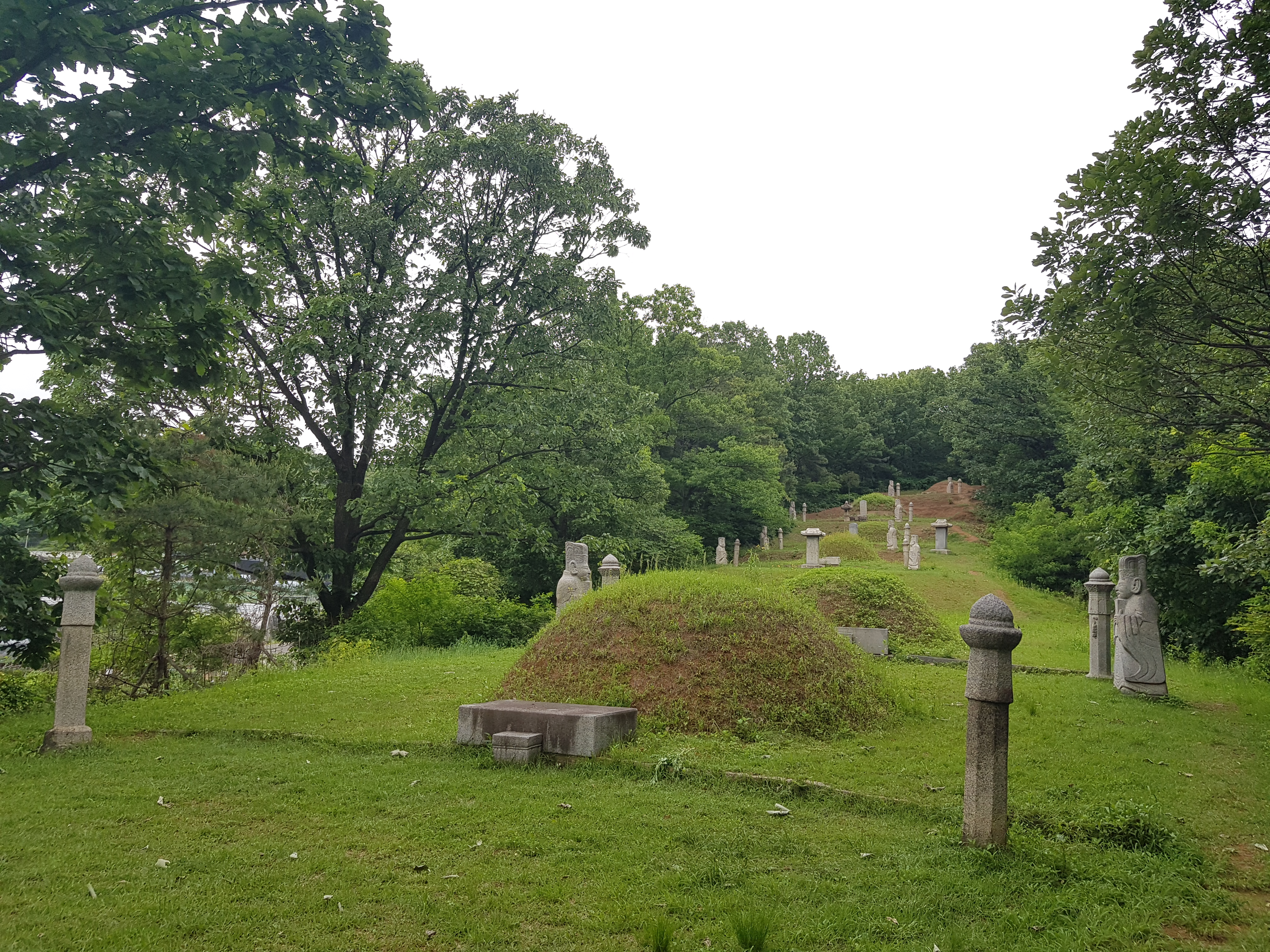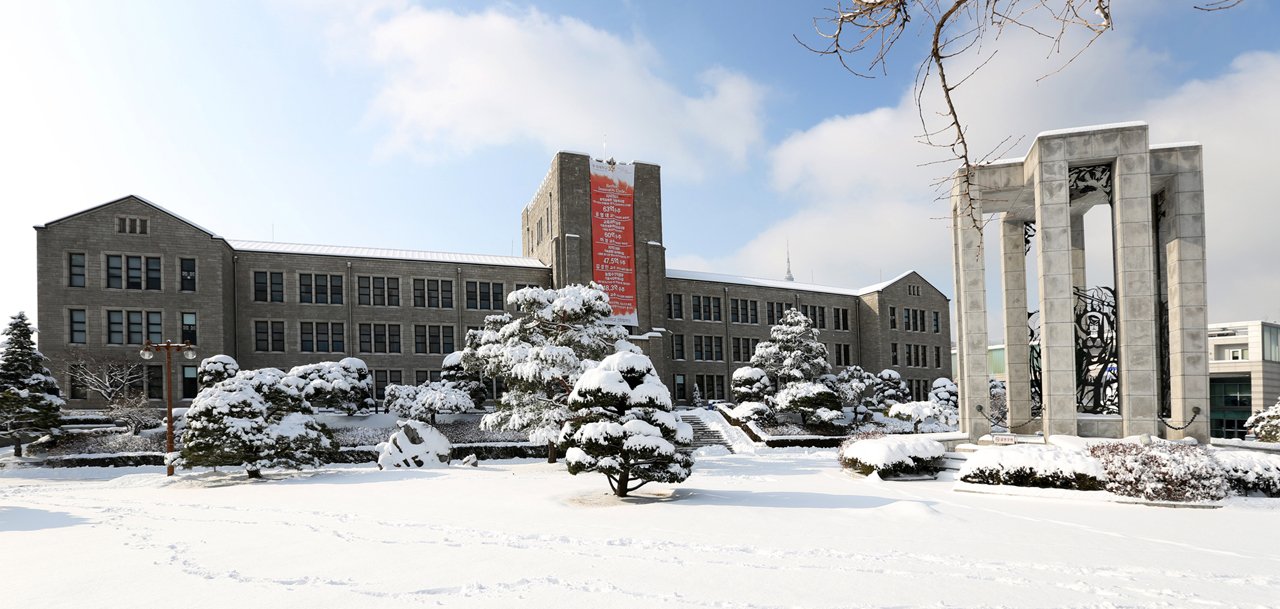|
Pil-dong
Pil-dong is a '' dong'', neighbourhood of Jung-gu in Seoul, South Korea. Attractions *Hwanghak-dong Flea Market *Dongguk University * Sungjeongjeon (숭정전 崇政殿) Transportation * Chungmuro Station of and of See also *Administrative divisions of South Korea South Korea is made up of 17 first-tier administrative divisions: 6 metropolitan cities (''gwangyeoksi'' ), 1 special city (''teukbyeolsi'' ), 1 special self-governing city (''teukbyeol-jachisi'' ), and 9 provinces ('' do'' ), including one ... References * * External links Jung-gu Official site in EnglishJung-gu Official siteJung-gu Tour Guide from the Official siteStatus quo of Jung-gu Resident offices and maps of Jung-gu Pil-dong resident office website Neighbourhoods of Jung-gu, Seoul {{Seoul-geo-stub ... [...More Info...] [...Related Items...] OR: [Wikipedia] [Google] [Baidu] |
Jung-gu, Seoul
Jung District () is one of the 25 districts of Seoul, South Korea. Jung has a population of 131,452 (2013) and has a geographic area 9.96 km2 (3.85 sq mi), making it both the least-populous and the smallest district of Seoul, and is divided into 15 '' dong'' (administrative neighborhoods). Jung is located at the centre of Seoul on the northern side of the Han River, bordering the city districts of Jongno to the north, Seodaemun to the northwest, Mapo to the west, Yongsan to the south, Seongdong to the southeast, and Dongdaemun to the northeast. Jung is the historical city center of Seoul with a variety of old and new, including modern facilities such as high rise office buildings, department stores and shopping malls clustered together, and also a center of tradition where historic sites such as Deoksugung and Namdaemun can be found. Jung is home to cultural sites such as the landmark N Seoul Tower on Namsan Mountain, the Myeongdong Cathedral, the Bank of Korea Museu ... [...More Info...] [...Related Items...] OR: [Wikipedia] [Google] [Baidu] |
Seoul
Seoul (; ; ), officially known as the Seoul Special City, is the capital and largest metropolis of South Korea.Before 1972, Seoul was the ''de jure'' capital of the Democratic People's Republic of Korea (North Korea) as stated iArticle 103 of the 1948 constitution. According to the 2020 census, Seoul has a population of 9.9 million people, and forms the heart of the Seoul Capital Area with the surrounding Incheon metropolis and Gyeonggi province. Considered to be a global city and rated as an Alpha – City by Globalization and World Cities Research Network (GaWC), Seoul was the world's fourth largest metropolitan economy in 2014, following Tokyo, New York City and Los Angeles. Seoul was rated Asia's most livable city with the second highest quality of life globally by Arcadis in 2015, with a GDP per capita (PPP) of around $40,000. With major technology hubs centered in Gangnam and Digital Media City, the Seoul Capital Area is home to the headquarters of 15 ''Fortun ... [...More Info...] [...Related Items...] OR: [Wikipedia] [Google] [Baidu] |
Guro-gu
Guro District (Guro-gu) is a district of Seoul, South Korea, which was separated from Yeongdeungpo District on April 1, 1980. Located in the southwestern part of the city, where besides Yangcheon District and Geumcheon District Guro District has an important position as a transport link which contains railroads, land routes from the rest of Seoul to the south of the country. The Gyeongbu and Gyeongin railway lines connect Seoul to Busan and Incheon. In addition, Seoul Metropolitan Subway lines 1, 2, and 7, and major highways intersect in Guro District. The name Guro originates from the legend that nine ( ko, gu, script=Latn) old men (Korean: ''ro'') enjoyed longevity in the district. A digital industrial complex is located in Guro District. The Guro Digital Industrial Complex, which played a leading industrial role mainly with textile manufacturing, dressmaking and other labour-intensive industries in 1967, has been rapidly changed into an IT industrial complex. This c ... [...More Info...] [...Related Items...] OR: [Wikipedia] [Google] [Baidu] |
Administrative Divisions Of South Korea
South Korea is made up of 17 first-tier administrative divisions: 6 metropolitan cities (''gwangyeoksi'' ), 1 special city (''teukbyeolsi'' ), 1 special self-governing city (''teukbyeol-jachisi'' ), and 9 provinces ('' do'' ), including one special self-governing province (''teukbyeol jachido'' ). These are further subdivided into a variety of smaller entities, including cities (''si'' ), counties ('' gun'' ), districts ('' gu'' ), towns ('' eup'' ), townships ('' myeon'' ), neighborhoods ('' dong'' ) and villages ('' ri'' ). Local government ''Official Revised Romanization of Korean spellings are used'' Provincial-level divisions The top tier of administrative divisions are the provincial-level divisions, of which there are several types: provinces (including special self-governing provinces), metropolitan cities, special cities, and special self-governing cities. The governors of the provincial-level divisions are elected every four years. Municipal-level ... [...More Info...] [...Related Items...] OR: [Wikipedia] [Google] [Baidu] |
Chungmuro Station
Chungmuro Station is a station on Line 3 and Line 4 of the Seoul Subway system. Platforms for both Line 3 and Line 4 are located in Chungmuro-4-ga, Jung-gu, Seoul. This station is named after the road under which it passes, in honor of the Chosun general Yi Sunsin, who was also known by the title of ''Chungmugong''. Station layout Cinema Chungmuro is considered the best place to view Korean movies. Just outside the exit by the rear entrance to Dongguk University Dongguk University (Korean: 동국대학교, Hanja: 東國大學校) is a private, coeducational university in South Korea, fundamentally based on Buddhism. Established in 1906 as Myeongjin School (명진학교; 明進學校) by Buddhist pioneers ... is Daehan Cinema (대한극장), where Chungmuro Film Festival in Seoul was first held. Gallery File:Seoul-metro-423-Chungmuro-station-platform-20181124-083612.jpg, Line 4 platform (November 2018) File:Seoul-metro-331-Chungmuro-station-platform-20181124-084930.j ... [...More Info...] [...Related Items...] OR: [Wikipedia] [Google] [Baidu] |
Dongguk University
Dongguk University (Korean: 동국대학교, Hanja: 東國大學校) is a private, coeducational university in South Korea, fundamentally based on Buddhism. Established in 1906 as Myeongjin School (명진학교; 明進學校) by Buddhist pioneers of the Association of Buddhism Research (불교연구회; 佛敎硏究會), the university gained full university status as Dongguk University in 1953. The university remains one of the few Buddhist-affiliated universities in the world, and is a member of the International Association of Buddhist Universities. Situated on a hill near Namsan, the university's Seoul campus is in the urban Jung-gu District of central Seoul. The university's symbol animal is an elephant, which stemmed from Queen Māyā of Sakya's precognitive dream of a white elephant about the birth of The Buddha, and the symbol flower is a lotus blossom which reflects the Buddhist truth. Dongguk University Seoul campus is organised into 127 undergraduate and graduate s ... [...More Info...] [...Related Items...] OR: [Wikipedia] [Google] [Baidu] |
Hwanghak-dong Flea Market
Hwanghak-dong Flea Market is a market located in the neighborhood of Hwanghak-dong, Jung-gu, Seoul, South Korea to sell second-hand goods. It has over 500 shops and stalls near Dongdaemun Market supplying a wide range of used products such as electronic appliances, clothes, and other items. The market is also called Dokkaebi Market ( , lit. "Goblin Market"). It is located behind Samil Apartment and Cheonggyecheon. See also *List of markets in South Korea *List of South Korean tourist attractions References External linksHwanghakdong market has everythingat the English Chosun Ilbo ''The Chosun Ilbo'' (, ) is a daily newspaper in South Korea and the oldest daily newspaper in the country. With a daily circulation of more than 1,800,000, the ''Chosun Ilbo'' has been audited annually since the Audit Bureau of Circulations ... Jung District, Seoul Retail markets in Seoul Flea markets {{retail-market-stub ... [...More Info...] [...Related Items...] OR: [Wikipedia] [Google] [Baidu] |
Hangul
The Korean alphabet, known as Hangul, . Hangul may also be written as following South Korea's standard Romanization. ( ) in South Korea and Chosŏn'gŭl in North Korea, is the modern official writing system for the Korean language. The letters for the five basic consonants reflect the shape of the speech organs used to pronounce them, and they are systematically modified to indicate phonetic features; similarly, the vowel letters are systematically modified for related sounds, making Hangul a featural writing system. It has been described as a syllabic alphabet as it combines the features of alphabetic and syllabic writing systems, although it is not necessarily an abugida. Hangul was created in 1443 CE by King Sejong the Great in an attempt to increase literacy by serving as a complement (or alternative) to the logographic Sino-Korean ''Hanja'', which had been used by Koreans as its primary script to write the Korean language since as early as the Gojoseon period (spa ... [...More Info...] [...Related Items...] OR: [Wikipedia] [Google] [Baidu] |
Hanja
Hanja (Hangul: ; Hanja: , ), alternatively known as Hancha, are Chinese characters () used in the writing of Korean. Hanja was used as early as the Gojoseon period, the first ever Korean kingdom. (, ) refers to Sino-Korean vocabulary, which can be written with Hanja, and (, ) refers to Classical Chinese writing, although "Hanja" is also sometimes used to encompass both concepts. Because Hanja never underwent any major reforms, they are mostly resemble to ''kyūjitai'' and traditional Chinese characters, although the stroke orders for some characters are slightly different. For example, the characters and as well as and . Only a small number of Hanja characters were modified or are unique to Korean, with the rest being identical to the traditional Chinese characters. By contrast, many of the Chinese characters currently in use in mainland China, Malaysia and Singapore have been simplified, and contain fewer strokes than the corresponding Hanja characters. In Japan, ... [...More Info...] [...Related Items...] OR: [Wikipedia] [Google] [Baidu] |
Dong (neighbourhood)
South Korea is made up of 17 first-tier administrative divisions: 6 metropolitan cities (''gwangyeoksi'' ), 1 special city (''teukbyeolsi'' ), 1 special self-governing city (''teukbyeol-jachisi'' ), and 9 provinces ('' do'' ), including one special self-governing province (''teukbyeol jachido'' ). These are further subdivided into a variety of smaller entities, including cities (''si'' ), counties (''gun'' ), districts ('' gu'' ), towns ('' eup'' ), townships ('' myeon'' ), neighborhoods ('' dong'' ) and villages ('' ri'' ). Local government ''Official Revised Romanization of Korean spellings are used'' Provincial-level divisions The top tier of administrative divisions are the provincial-level divisions, of which there are several types: provinces (including special self-governing provinces), metropolitan cities, special cities, and special self-governing cities. The governors of the provincial-level divisions are elected every four years. Municipal-level ... [...More Info...] [...Related Items...] OR: [Wikipedia] [Google] [Baidu] |
Korean Dialects
A number of Korean dialects are spoken on the Korean Peninsula. The peninsula is very mountainous and each dialect's "territory" corresponds closely to the natural boundaries between different geographical regions of Korea. Most of the dialects are named for one of the traditional Eight Provinces of Korea. Two are sufficiently distinct from the others to be considered separate languages, the Jeju and the Yukjin languages. Dialect areas Korea is a mountainous country, and this could be the main reason why Korean is divided into numerous small local dialects. There are few clear demarcations, so dialect classification is necessarily to some extent arbitrary. A common classification, originally introduced by Shinpei Ogura in 1944 and adjusted by later authors, identifies six dialect areas: ; Hamgyŏng (Northeastern) :Spoken in the Hamgyong Province (Kwanbuk and Kwannam) region, the northeast corner of Pyongan Province, and the Ryanggang Province of North Korea as well as ... [...More Info...] [...Related Items...] OR: [Wikipedia] [Google] [Baidu] |



